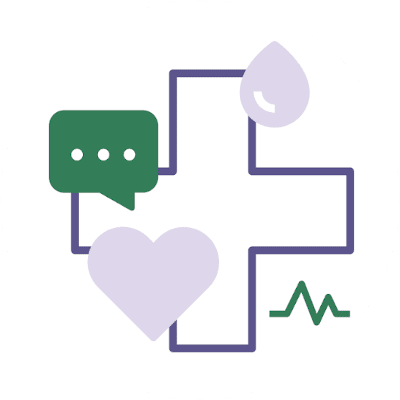A healthier community begins with saving lives
About Save Lives Oregon
We are dedicated to preventing overdose and restoring hope. We meet each person where they are and honor their desired path to health and safety.
Save Lives Oregon began in 2020, as fentanyl flooded the illicit market and COVID-19 devastated communities. Since then, we have grown to become a network of more than 380 community organizations working together across the state and Tribal communities to save lives and reduce the harms of drug use.
Through respectful, judgment-free connections with people who use drugs, we are reducing overdose, preventing infections, and creating healthier communities.
Our impact
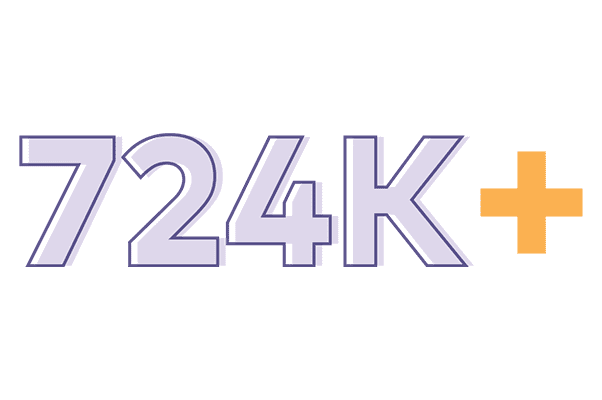
Naloxone doses distributed
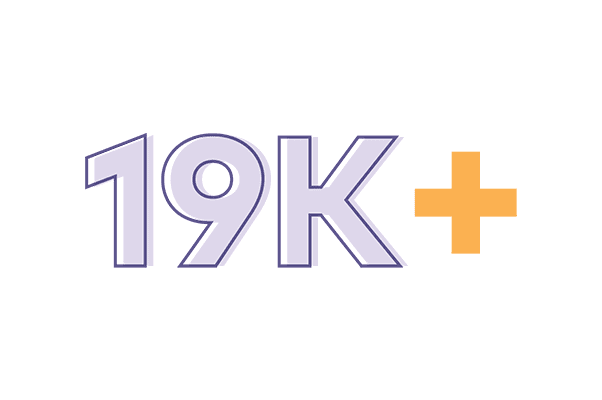
Opioid overdose reversals reporte
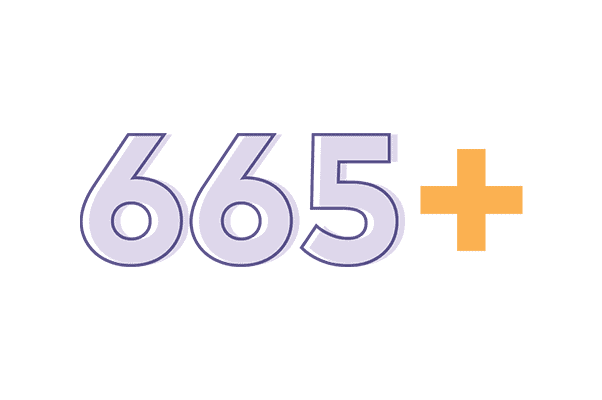
Schools equipped with opioid overdose reversal kits
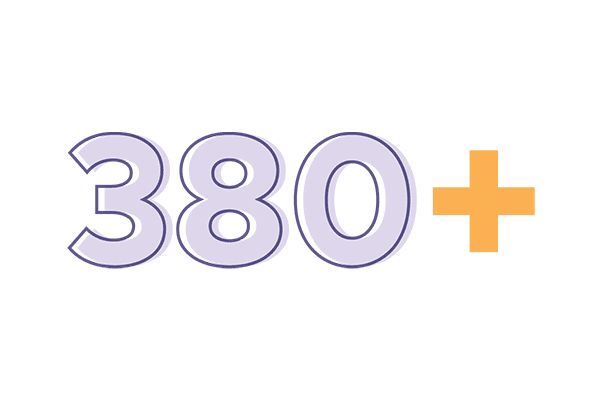
Community agencies receiving life saving supplies
Connected communities save lives
Nearly one third of adults in the US have lost someone they know to a drug overdose - but together we can do something about it.
Drug use is a complex issue, yet people change their relationships with drug use all the time. Evidence shows that meeting individuals’ basic needs and supporting their personal goals, at their pace, is effective in reducing overdoses, preventing infectious disease and saving lives. This means with compassionate and non-judgmental care, people often choose safer use strategies, and — if desired — treatment.
When we share knowledge, tools, supplies, and compassion, we can keep people connected to care. Each of us has a role to play in creating healthier Oregon where we are all valued and supported.
Working at the intersection of hope, healing and health
There is no wrong path toward hope, healing, and health. Progress is rarely linear—and we honor all the ways people get there. Together with our community partners, we walk alongside people on their journey, creating the conditions for lasting health, dignity, and connection.
5 strategies and how they help
1 of 5: Prevent and reverse overdoses
What it is: Provide overdose reversal medication such as naloxone to people who use drugs.
How it helps: People who use drugs perform the most bystander overdose reversals. Providing them with naloxone and information about how to use it is an effective way to save lives.
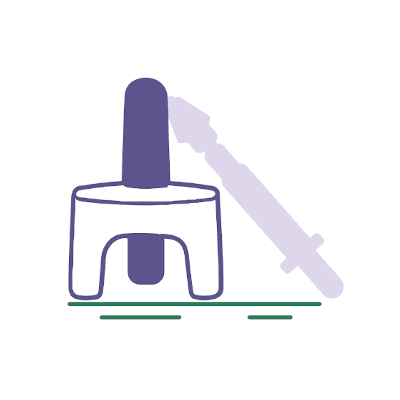
2 of 5: Prevent infection
What it is: Provide people who use drugs with supplies like wound care kits and new syringes.
How it helps: By reducing the use of old syringes and other drug use equipment, these supplies prevent the transmissions of diseases like HIV and Hepatitis C. They also help people who use drugs treat minor skin infections and wounds.
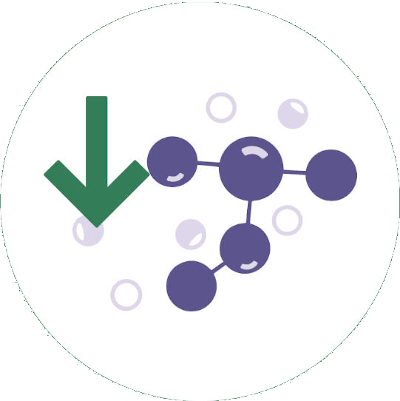
3 of 5: Distribute personal care supplies
What it is: Give out supplies like toothpaste, toothbrushes, tampons and foot care supplies to people who use drugs.
How it works: People who use drugs may face challenges accessing items that are important for health and comfort. Making personal care items easily available supports quality of life, and improves health.
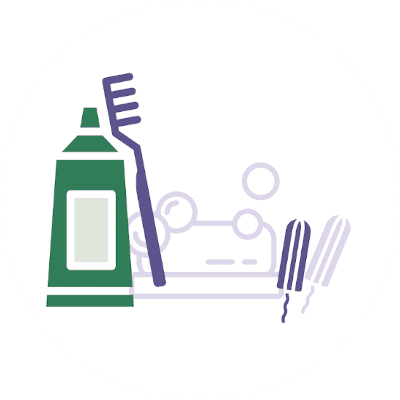
4 of 5: Support safe disposal of syringes
What it is: Give out collection boxes for disposing syringes safely.
How it works: When syringes end up in the garbage or on the ground, they can create an injury hazard. Collection boxes make it easier for people to dispose of syringes.
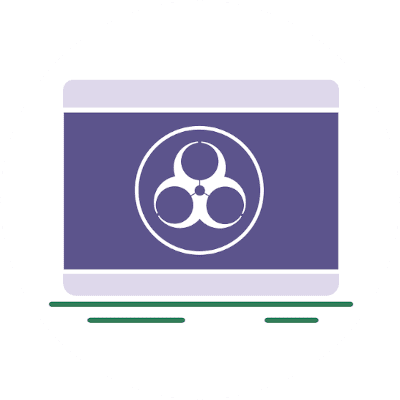
5 of 5: Increased use of medical and social services
What it is: Connecting people with safer use supplies and services can lead them to access other needed supports.
How it works: Organizations that provide safer use supplies are often closely connected with those offering medical care, recovery support, and other services. By meeting people where they are and building trust, these organizations can help connect individuals to additional care and support—creating pathways toward healing and recovery when people are ready.
